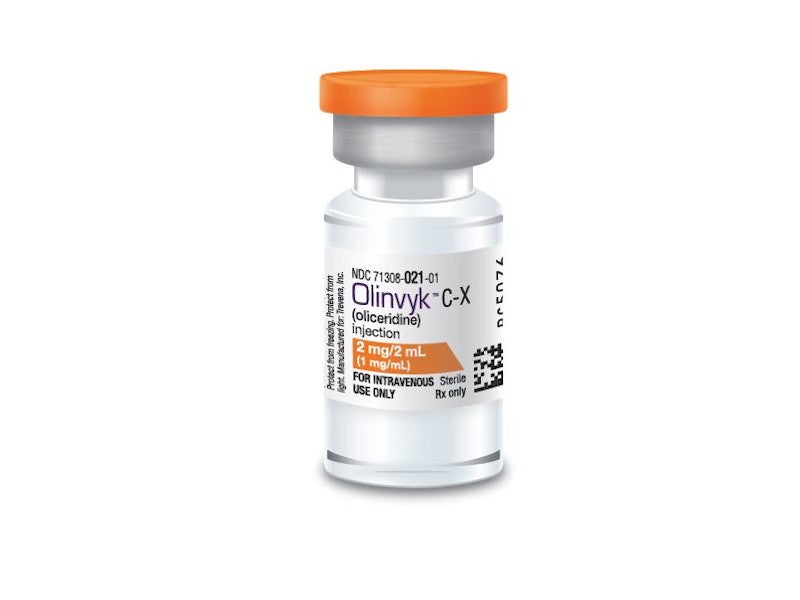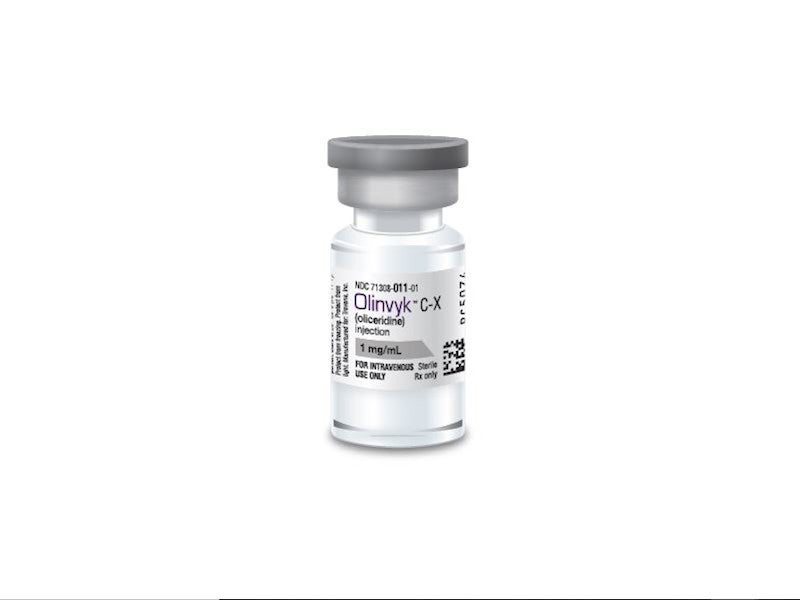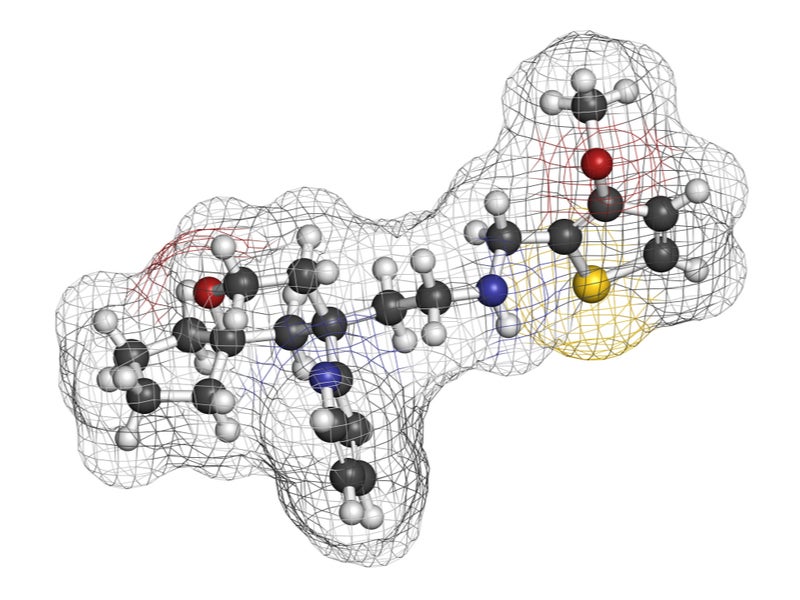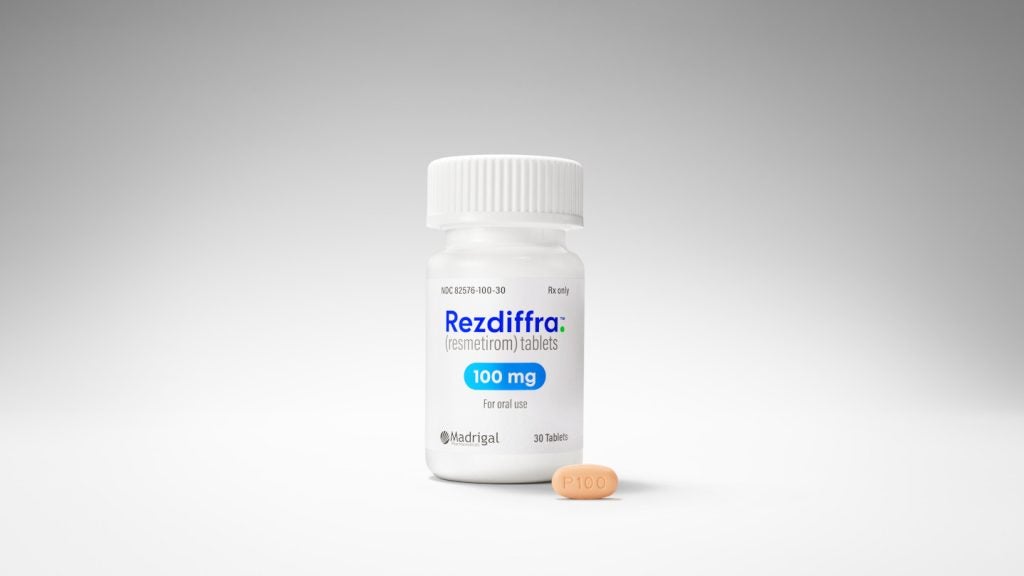OLINVYK™ (oliceridine) is a new chemical agent indicated for the treatment of acute pain in adults for whom the available treatments are ineffective.
OLINVYK will be available as an intravenous injection with a recommended demand dose of 0.35mg, with a six-minute lock-out.
The drug was developed by Trevena, which plans to make OLINVYK available in the fourth quarter of 2020 in compliance with the Drug Enforcement Administration (DEA) timeline of up to 90 days.
OLINVYK approvals
The company submitted a new drug application (NDA) for OLINVYK to the US Food and Drug Administration (FDA) in November 2017, and the application was accepted for review in January 2018.
Trevena received a complete response letter (CRL) from the FDA requesting additional data for oliceridine. The company resubmitted the revised NDA with details of multi-dose healthy volunteer QT study, non-clinical data and drug product validation reports in February 2020.
The FDA approved OLINVYK (oliceridine) for the management of acute pain extreme enough to require an IV opioid analgesic in August 2020.
OLINVYK was granted fast track designation for the treatment of moderate-to-severe acute pain in patients by the FDA in December 2015 and breakthrough therapy designation in February 2016.
Acute pain causes and symptoms
Acute pain is a term that describes moderate to severe pain occurring unexpectedly and lasting from a few seconds to a few months. It can be triggered by many underlying factors and may not have an easily recognisable pain generator.
The most common symptoms of acute pain include fatigue, muscle spasms, weight loss, depression, flu-like symptoms (fever, chills, sore throat and cough), insomnia, numbness and anxiety.
Oliceridine mechanism of action
Oliceridine acts as a complete opioid agonist that is relatively selective for the mu-opioid receptor. It is the first mu-opioid receptor G protein pathway selective modulator (μGPS).
The primary therapeutic function of oliceridine is analgesia. Like other full opioid agonists, oliceridine has no analgesic ceiling effect. Dosage is titrated to provide sufficient analgesia and minimise adverse reactions, including respiratory and central nervous system (CNS) depression.
OLINVYK is indicated in hospitals or other controlled clinical settings for short-term intravenous use, during inpatient and outpatient procedures and not intended for use at home.
Clinical trials on OLINVYK
FDA approval of OLINVYK comes from two randomised, double-blind, placebo and morphine controlled studies.
For each study, researchers measured pain sensitivity in each patient using an 11-point numerical rating scale, with zero equivalent to no pain and ten equal to the worst pain imaginable.
The study enrolled 790 patients with moderate to severe acute pain following orthopaedic surgery-bunionectomy or plastic surgery-abdominoplasty.
Patients in each study received one of the three dosing regimens for OLINVYK, a placebo-control regimen, or a morphine-control regimen.
Each blinded treatment protocol involved a loading dose, incremental doses delivered as required through a patient-controlled analgesic (PCA) device and a supplemental dose for every one hour, starting one hour after the initial dose.
The loading dose for all OLINVYK treatment regimens was 1.5mg, while the demand dose was either 0.1mg / 0.35mg or 0.5mg, depending on the treatment group assigned; the supplemental dose was 0.75mg.
For the morphine treatment regimen, the loading dose was 4mg, the demand dose was 1mg and the supplementary doses were 2mg, with a lockout interval of six minutes used for all PCA regimens.
In studies one and two, patients could receive rescue pain medication (predefined in protocols as Etodolac 200mg per every six hours) if the patient required rescue pain medication and recorded a numeric rating scale score of ≥4.
Patients taking the approved 0.35mg and 0.5mg OLINVYK doses had significantly higher SPID-48 / 24 scores when compared to patients receiving placebo.
Frequent adverse effects (≥10%) of OLINVYK observed during the trials were diarrhoea, nausea, dizziness, fatigue, hypoxia, constipation, vomiting and pruritus.










